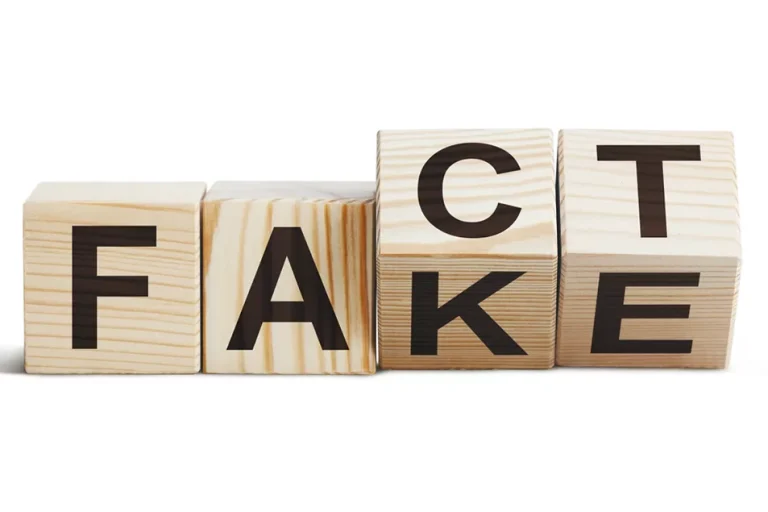Leveling the Misinformation Playing Field: Combating Falsehoods in the Food Industry
In today’s digital age, the rapid spread of misinformation poses a significant challenge to various sectors, including the food industry. False or misleading information about food products, ingredients, and production processes can quickly go viral, leading to consumer confusion, distrust, and even harm. The ease with which misinformation can be created and disseminated online necessitates a multi-faceted approach involving industry stakeholders, regulatory bodies, tech companies, and consumers themselves to combat its negative impact. Understanding the motivations behind misinformation, identifying its various forms, and implementing effective strategies are crucial to leveling the playing field and ensuring consumers have access to accurate and reliable information.
One of the primary drivers of food misinformation is the pursuit of financial gain. Unscrupulous individuals or groups may spread false claims about certain products to promote their own competing products or services. Similarly, fear-mongering tactics can be used to generate clicks, views, and ultimately, advertising revenue. Sensationalized headlines and emotionally charged content are designed to capture attention and encourage sharing, often without regard for factual accuracy. Additionally, ideological agendas can play a role. Individuals or groups may promote misinformation aligned with their particular beliefs about food systems, nutrition, or environmental issues, regardless of scientific evidence. This can range from promoting specific diets based on unsubstantiated claims to demonizing certain ingredients or farming practices.
Misinformation in the food industry takes on various forms. It can manifest as misleading labeling or packaging, exaggerating the health benefits of certain ingredients, or making false claims about the origins or production processes of food products. “Fake news” articles, often disguised as legitimate journalism, can spread false information about food safety incidents or alleged health risks associated with specific foods. Social media platforms are particularly susceptible to the spread of misinformation through shared posts, images, and videos. These can range from fabricated stories about contaminated products to manipulated images purporting to show undesirable ingredients or manufacturing practices. The anonymity afforded by many online platforms allows misinformation to proliferate quickly, making it difficult to trace the source and hold those responsible accountable.
Combating food misinformation requires a collaborative effort. Food companies have a responsibility to be transparent about their ingredients, production processes, and nutritional information. Providing clear and easily accessible information on their websites and product packaging can help consumers make informed decisions. Furthermore, companies should actively monitor online platforms for misleading information about their products and take appropriate action to address it, including reporting false content and engaging with consumers to correct inaccuracies. Industry associations can play a role in developing industry-wide standards for information sharing and best practices for addressing misinformation. They can also serve as a central resource for accurate and reliable information about food production and safety.
Regulatory bodies, such as the Food and Drug Administration (FDA) and the Federal Trade Commission (FTC), play a vital role in enforcing regulations related to food labeling, advertising, and marketing claims. These agencies have the authority to investigate and take action against companies that engage in deceptive practices. Increased monitoring of online platforms and social media is necessary to identify and address the spread of misinformation. Collaborating with tech companies to develop and implement more effective mechanisms for identifying and removing false content is crucial. This may involve improving algorithms to flag potentially misleading information, developing more efficient reporting mechanisms, and enhancing fact-checking initiatives.
Ultimately, empowering consumers with the skills to critically evaluate information is essential. Media literacy programs can help individuals develop the ability to identify credible sources, recognize bias, and evaluate the validity of information they encounter online. Encouraging consumers to consult reputable sources of information, such as government agencies, scientific organizations, and registered dietitians, can help them make informed decisions based on evidence rather than sensationalized claims. Promoting scientific literacy and critical thinking skills is fundamental to combating the spread of food misinformation and fostering a more informed and discerning public. By working together, industry stakeholders, regulatory bodies, tech companies, and consumers can create a more level playing field where accurate information prevails over misinformation, ensuring the safety and well-being of consumers. The continued fight against food misinformation demands vigilance, collaboration, and a commitment to truth and transparency.


